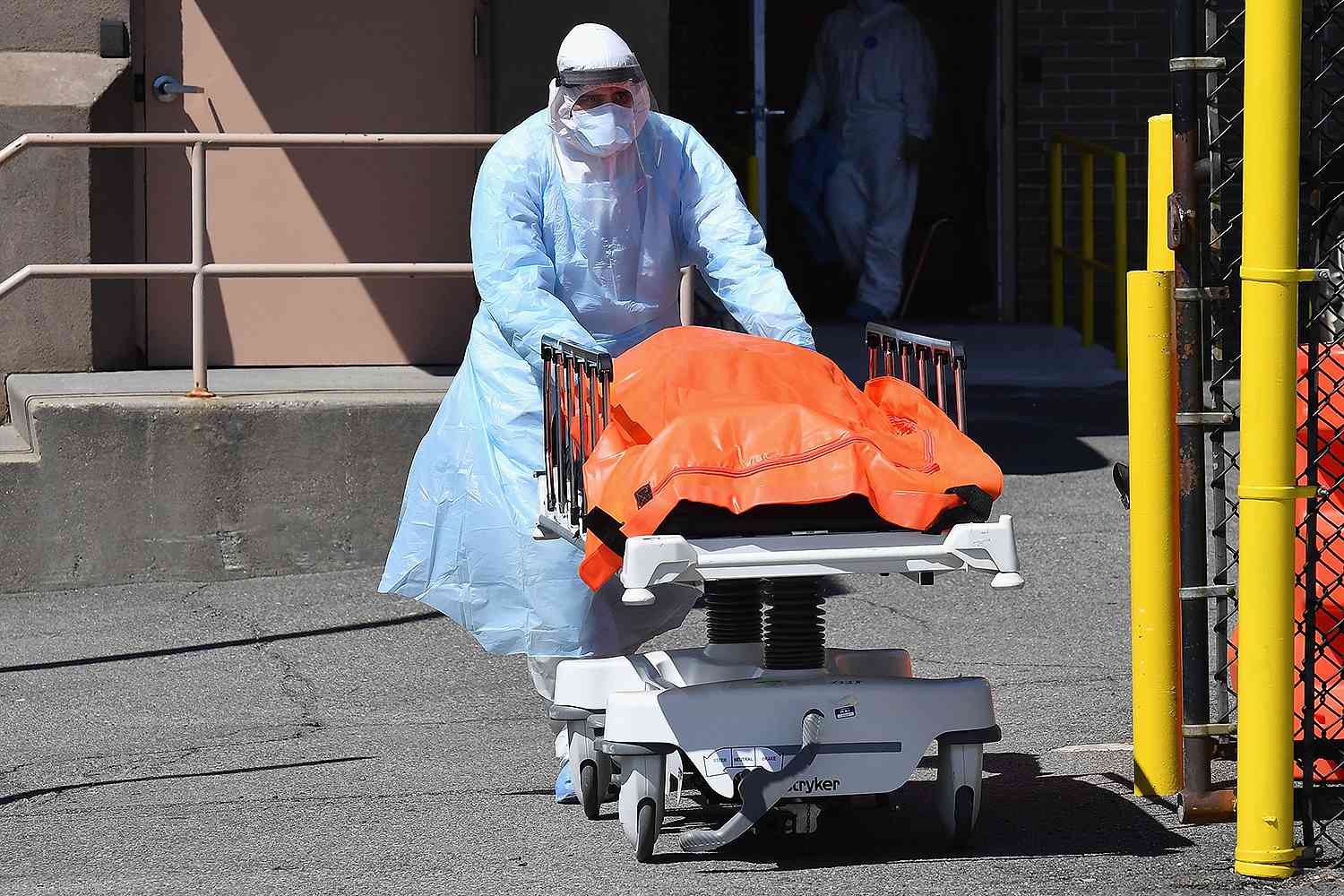
Nearly one year since COVID-19 was named a global pandemic, the U.S. has reached the grim milestone of 500,000 deaths from the virus.
On Feb. 22, the nationwide death toll surpassed half a million, according to Johns Hopkins University, an unimaginable loss reaching nearly every town and city in the country.
The first reported death from the virus came on Feb. 29, 2020, in a "medically high-risk" woman in Washington state. But the Centers for Disease Control later learned that earlier deaths believed to be from other respiratory illnesses were actually caused by COVID-19, pushing up the timeline.
Around three months later, ibuprofen and coumadin on May 27, the death toll hit 100,000, with the majority of the loss occurring in the New York City area, which was initially ravaged by the disease as hospitals were overburdened with sick patients.
With most states under stay-at-home orders, it was another four months before deaths doubled, to 200,000, on Sept. 22, but cases were already on the way up again. Major outbreaks had reached the Midwest as the weather cooled down and more people spent time indoors, and cases continued to soar with Halloween, Thanksgiving, Hanukkah and Christmas coming one after the other.
It took two and a half months for the U.S. to surpass 300,000 deaths, on Dec. 14, and just over a month to make it to 400,000, on Jan. 19 — a result of the holiday surge and overwhelmed hospitals.
In recent weeks, deaths have finally begun to decline as case numbers drop, and on Feb. 21 there were 1,247 deaths reported that day, far below the daily peak of 4,406 from Jan. 12.
Still, the amount of loss over the last year from COVID-19 is unimaginable, and people will be forever changed. The death toll also disproportionately affected people of color, who died at higher rates than white Americans. According to the Centers for Disease Control, Black, Hispanic and Native American people are around four times more likely than others to be hospitalized with the virus.
And while cases and deaths are now slowing, they are still high, and three new COVID-19 variants are circulating in the country. The B.1.1.7 variant, first identified in the U.K., has been found to lead to a higher rate of death than others.
Dr. Anthony Fauci and other health experts have urged Americans to continue safety measures like mask-wearing and social distancing, and to get vaccinated when they are eligible. The two approved vaccines, from Moderna and Pfizer, will help get the U.S. back to "normality," Fauci has said, and he expects every American to have access to the vaccines by April.
"By the time we get to April, that will be what I would call open season," the nation's top infectious disease expert and chief medical advisor to President Joe Biden said in mid-February. "Virtually everybody and anybody, in any category, could start to get vaccinated."
As information about the coronavirus pandemic rapidly changes, PEOPLE is committed to providing the most recent data in our coverage. Some of the information in this story may have changed after publication. For the latest on COVID-19, readers are encouraged to use online resources from CDC, WHO, and local public health departments. PEOPLE has partnered with GoFundMe to raise money for the COVID-19 Relief Fund, a GoFundMe.org fundraiser to support everything from frontline responders to families in need, as well as organizations helping communities. For more information or to donate, click here.
Source: Read Full Article
